Fighting for Jobs on the Hoover Dam (1930s)
A Federal Project, a Local Struggle
When President Herbert Hoover authorized construction of the Hoover Dam in 1931, Southern Nevada was thrust into the national spotlight. The project promised thousands of jobs during the Great Depression. For Las Vegas, it meant rapid growth, new infrastructure, and a flood of newcomers.
But for African Americans, the dam represented a bitter paradox. Despite tax dollars funding the project, Black workers were almost entirely excluded. Of the roughly 20,000 workers hired, only 44 were Black—and none of them were permitted to live in Boulder City, the government town built to house the dam’s labor force. Instead, Black workers were forced into makeshift camps in West Las Vegas, a segregated area cut off from the resources and amenities offered to their white counterparts.
The NAACP Responds
The NAACP Las Vegas Branch #1111, only a few years old at the time, made Hoover Dam discrimination its first major campaign. Branch president Arthur McCants, along with co-founders like Zimmie Turner, began organizing petitions and building alliances. They worked in tandem with the Colored Citizens Labor & Protective Association, led by J.P. Liddell, which demanded that city leaders and federal contractors provide jobs and city services to Black residents.
While these efforts did not produce immediate large-scale change—the dam was built with only token Black participation—the campaign was historic for another reason: it set the tone for NAACP Las Vegas as a watchdog over economic justice. It was the first example of the branch confronting powerful institutions on behalf of a marginalized community.
The Legacy of the Fight
The exclusion from Hoover Dam left scars that lasted generations. Boulder City remained off-limits to Black families for decades, and West Las Vegas bore the burden of underdevelopment. Yet the fight around Hoover Dam also forged the NAACP’s identity in Southern Nevada. It gave the branch experience in mobilization, advocacy, and negotiation—skills that would prove critical in later victories like the Moulin Rouge Agreement (1960) and the 1971 Strip employment consent decree.
The Hoover Dam fight taught an enduring lesson: civil rights are not won by silence but by persistence.
